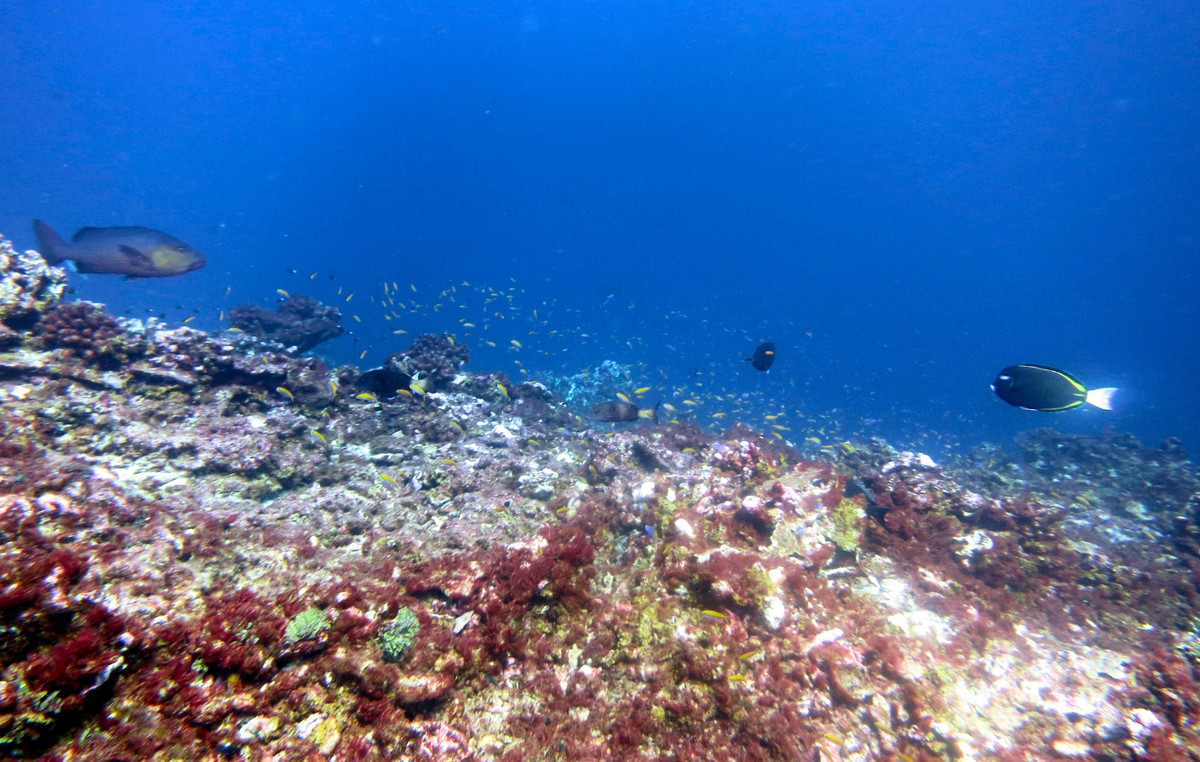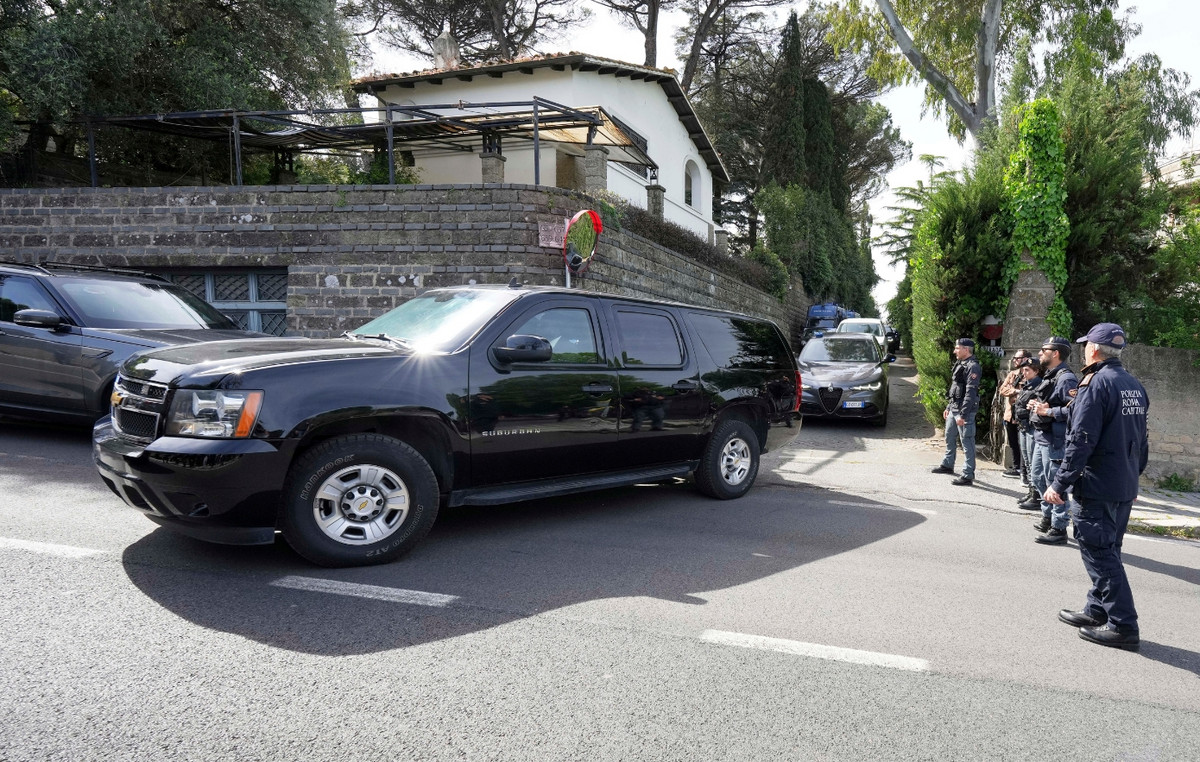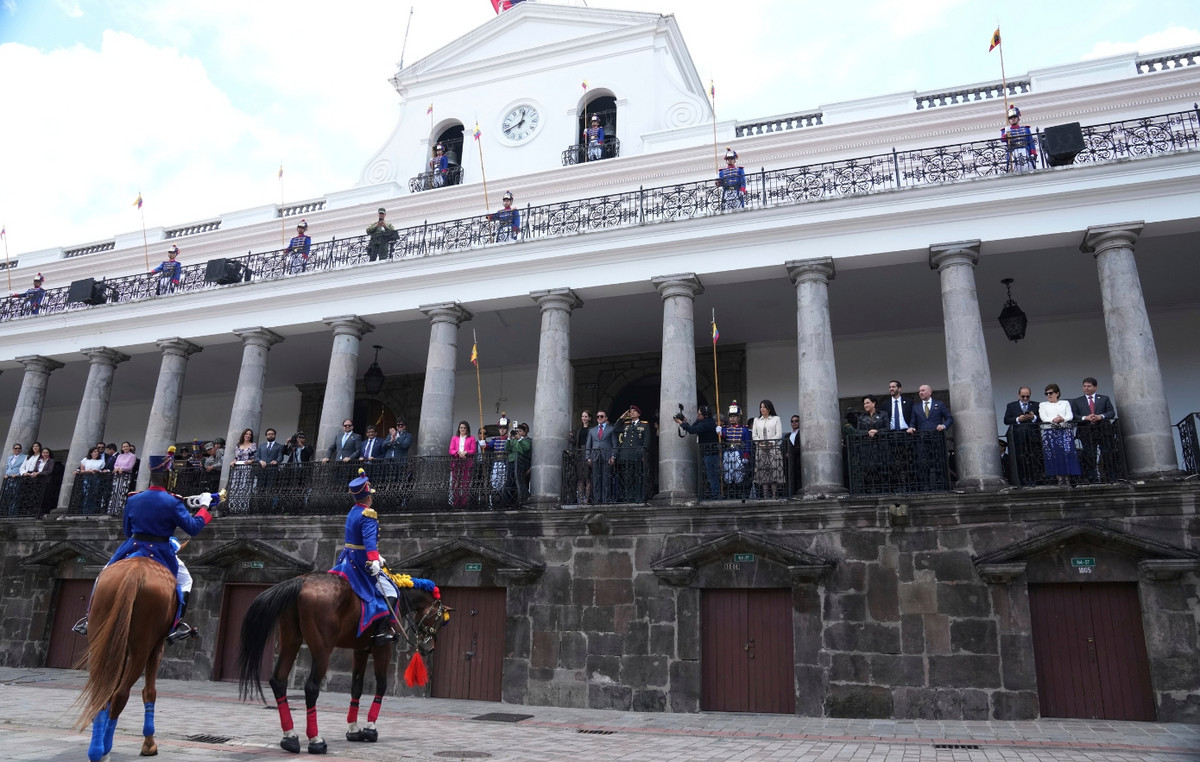Considered the worst climate tragedy in the history of Rio Grande do Sul the heavy rains that hit the state in May this year caused the death of 183 people and left, until the last update from the state’s Civil Defense, 27 missing.
The storms affected more than 2.3 million people by hitting 471 municipalities, equivalent to almost 95% of all cities in Rio Grande do Sul. At the height of the rains, around 79,000 people were left homeless after having their homes washed away or destroyed by water.
Currently, 1,328 people are still homeless in cities such as Canoas, Porto Alegre, Canela, Encantado, Cruzeiro do Sul, São Jerônimo, Arroio do Meio and Arroio do Tigre.
Due to the damage, the state government created the Rio Grande Plan, a program that has already invested R$2.4 billion in measures to mitigate the impacts caused by this year’s rains.
Remember below the more points striking of the Gaucho tragedy.
Delayed alerts and first deaths
Impacted by the fire that, a day earlier, had killed ten people in an inn hired by the city of Porto Alegre to shelter homeless people, few paid attention to the cold front that arrived in the capital of Rio Grande do Sul on April 27, 2024.
That Saturday, the municipal Civil Defense even issued a warning about the “possibility of intense rain and strong winds” hitting the city between the late afternoon of the same day and the following dawn (28). The tone of the warning, however, did not indicate what was to come .
According to MetSul Meteorologia, in the capital alone, on Saturday (27), it rained the equivalent of 43 millimeters — or 43 liters of water per square meter — in just six hours. In addition to flooding and disruption, bad weather affected operations at Salgado Filho Airport. At least two Azul planes, which were flying AD 2929 and AD 2933, coming from Curitiba, had to land in Florianópolis and wait until weather conditions allowed them to continue their journey to Porto Alegre.
After the first warning about “the possibility of intense rain”, Porto Alegre city hall only returned to the subject on Monday morning (29), limiting itself to informing the population that, due to bad weather, the removal of wires and disused telecommunications cables and the application of insecticide against mosquitoes in the Vila Jardim neighborhood had been suspended.
Hours later, however, he recognized the seriousness of the situation by reporting that, throughout that Monday, there was “an increase in incidents” related to landslides and damage to residential roofs, with residents of 12 neighborhoods requesting emergency assistance. And the rise in the level of Guaíba was already a cause for concern. Just four days later, that is, on Thursday (2), the city hall would declare a state of municipal public calamity.
Before advancing over the metropolitan region of Porto Alegre, the storms resulting from the increase in temperatures and humidity caused damage and disruption in other cities in Rio Grande do Sul, such as Sant’Ana do Livramento, in the west of the state, on the border with Uruguay, and in Pelotas, in the extreme south. The first significant rainfall began on the 26th and intensified over the following days.
On April 30, a Brazilian Air Force (FAB) helicopter flew over the region and rescued, in neighboring Candelária, the first in a series of families stranded by floods . The day before (29), the first two deaths associated with the adverse effects of the rain occurred in Paverama, just 90 kilometers away from Santa Cruz do Sul.
Porto Alegre under water after record rainfall
With the level of Guaíba having already exceeded 4 meters, the city of Porto Alegre was taken over by rainwater on Friday, May 3rd.
During the peak of the historic flood in Rio Grande do Sul, the Guaíba River reached the mark of 5.37 meters in the capital of Rio Grande do Sul, according to the Brazilian Geological Service (SGB). The maximum level was recorded on May 5th this year, at Cais Mauá station.
With the flood, the capital of Rio Grande do Sul was covered by water. Emblematic points of the city, such as the stadiums of the state teams Internacional and Grêmio, the city’s bus station, the airport and the central region were submerged. See images below .
The month of May was the wettest in the history of the capital of Rio Grande do Sul Porto Alegre since 1910, according to data from the climatological station of the National Institute of Meteorology, INMET.
The rain reached 539.9 millimeters, as measured by the capital’s climatological reference station, which is located in the Jardim Botânico neighborhood, in the east of the city.
The accumulated result was not only the record for the month of May, as well as the wettest month in the city’s 124-year history .
Destruction in the Taquari Valley
The Vale do Taquari region, in the interior of the state, was one of the most affected by the rains. Entire neighborhoods in cities like Cruzeiro do Sul were completely destroyed. Images captured by drone showed the destruction in what, until then, was the neighborhood Star Step located close to the bed of the Taquari River. The place was swallowed by the force of the water and disappeared. See images below .
In Arroio do Meio, also in the Taquari Valley, the The scenario left looked like war, revealing the complete destruction caused by the force of the waters. as the residents classified it.
The images show tree branches, construction debris and mud covering the streets. Houses were completely destroyed and cars swept away by the flood were left scattered and broken in the middle of the roads.
According to reports, the people who lived on the banks of the river lost practically everything. The municipality’s access was blocked after the collapse of the bridges connecting it with the neighboring city of Lajeado, which was also heavily impacted by the rains.
Horse on top of the roof in Canoas
One of the most emblematic scenes of the climate tragedy in Rio Grande do Sul was the image of a horse that was left stranded on the roof of a house in Canoas, in the metropolitan region of Porto Alegre.
The animal remained standing on the roof for around four days, during the height of the rains, until it was rescued. Images of the animal went viral on social media and he even gained an affectionate nickname: Caramel horse .
After the rescue, Caramelo was transported to the Ulbra Veterinary Hospital by the Military Brigade cavalry with injuries to his skin and muscles. The horse is about eight years old.
Caramelo became a symbol of the state’s resistance to climate tragedy.
Temporary city for homeless people
After the damage left by the rains, the government of Rio Grande do Sul inaugurated in July the first of the “temporary cities” that received part of those left homeless by the floods that hit the state.
The first Humanitarian Reception Center (CHA) was installed in Canoas, in the metropolitan region of Porto Alegre.
The site has the capacity to house 630 people in 126 modular homes. According to the Rio Grande do Sul government, the center also has bathrooms, a cafeteria, a communal laundry room, a nursery, a baby-changing room, a medical center, 24-hour police, multi-use environments and spaces for children and pets.
The modular houses were donated by the UN Refugee Agency (UNHCR) and the assembly was carried out with the help of soldiers from the Brazilian Army. Each house is 17 square meters.
Where of solidarity
Due to the rain, a large wave of solidarity was formed to help those affected by the floods in Rio Grande do Sul. The donations posed a logistical challenge of distributing tons of items sent by people from all over Brazil.
Among the most donated items were basic food baskets, clothes, water and cleaning and personal hygiene materials, received at the Logistics Centers (Clogs), filtered and distributed to the municipalities according to a survey carried out by the Civil Defense of Rio Grande do Sul.

Federal aid and reconstruction plan
The federal government allocated R$98.7 billion to emergency actions and resources to rebuild infrastructure and support the population and businesspeople of Rio Grande do Sul, according to a balance presented by the Communications Secretariat of the Presidency of the Republic (Secom).
The resources were allocated, for example, to advance benefits, lines of credit and investments. Of the R$98.7 billion, R$42.3 billion were actually paid by the Union.
The government of Rio Grande do Sul states that it has invested, to date, R$ 2.4 billion in resources from the State Treasury in measures considered short, medium or long term. All actions are part of the Rio Grande Plan, the Reconstruction, Adaptation and Climate Resilience program of Rio Grande do Sul, which proposes measures to mitigate the impacts caused by the rains of 2023 and 2024.
(with information from Agência Brasil)
This content was originally published in Flooding, destruction and 183 deaths: remember the rain tragedy in RS that marked 2024 on the CNN Brasil website.
Source: CNN Brasil
I’m James Harper, a highly experienced and accomplished news writer for World Stock Market. I have been writing in the Politics section of the website for over five years, providing readers with up-to-date and insightful information about current events in politics. My work is widely read and respected by many industry professionals as well as laymen.







